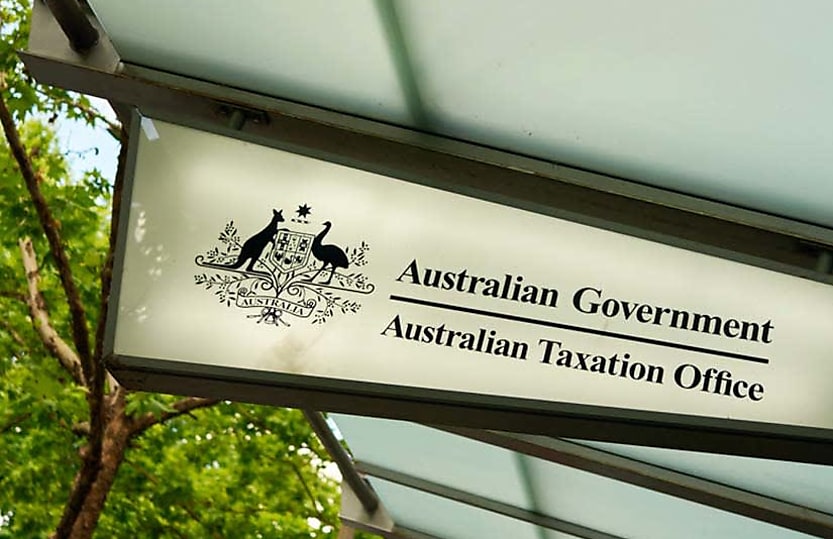ATO flags biggest compliance issues from Top 1,000 program

The Tax Office has outlined some common areas of concern based on assurance review data from its Top 1,000 tax performance program.
Last week the ATO released the findings from its Top 1,000 income tax performance and combined assurance reviews.
The ATO reviewed 1,183 taxpayers since it began assurance reviews in 2016, with 24 per cent of taxpayers in the most recent review achieving an overall high assurance.
"This means we have assurance that these taxpayers have paid the right amount of Australian income tax for the income years reviewed," the Tax Office said.
The majority of taxpayers or 62 per cent achieved overall medium assurance, which the ATO said is a satisfactory outcome and provides a level of confidence about tax paid.
As part of its findings report on its Top 1,000 income tax and GST assurance programs, the Tax Office also identified some common areas of concern and items attracting its attention.
Transfer pricing
The ATO said that transfer pricing is a natural feature of the international tax system requiring entities to deal with related parties on arm's length terms.
The Tax Office said it has concerns that in some instances arrangements do not reflect arm's length conditions, resulting in the tax base being shifted from Australia.
In some cases, taxpayers are providing inadequate information to support transfer pricing positions.
"We continue to observe taxpayers that are unable to produce contemporaneous or adequate transfer pricing documentation to support the arm’s length nature of these transactions and their resulting profit outcomes," the ATO said.
"Adequate transfer pricing documentation should outline the source and evidence relied on to identify the actual circumstances of the related party dealings, including functions performed, assets used and risks borne by the entities."
The ATO also said there were issues where there were changes in transfer pricing policy or methodologies without an underlying change to the functional profile of a taxpayer and inappropriate methodologies being selected.
It also reviewed a large number of non-financing-related transfer pricing arrangements.
"Licence fees and royalties continue to be the area that raises the most concern in our reviews, with the outcomes for this sub-category having the highest proportion of low assurance as compared to other sub-categories," the ATO said.
"When reviewing this sub-category, we consider whether genuine economic benefits are received by Australian entities in relation to licensed assets for which payment is made to international related parties."
The ATO said it also continues to identify conners with arrangements regarding the inbound and outbound supply of goods and services.
"We will consider these arrangements with regard to Practical Compliance Guideline PCG 2019/1 Transfer pricing issues related to inbound distribution arrangements, considering a taxpayers self-assessment of the transfer pricing risk of their arrangements," it said.
Financing
The most common financing arrangements that attracted red flag ratings related to interest-bearing loans, redeemable preference shares, cash pooling and convertible notes, the ATO said.
"We continue to observe higher risk arrangements where pricing and conditions aren't consistent with third-party transactions," the regulator said.
We continue to see arrangements that are structured to avoid interest withholding tax or entities that don't meet the eligibility criteria for claimed exemptions from withholding tax. Financing arrangements constitute one of the key areas resulting in ATO Next Actions.
Structural arrangements designed to reduce tax
The ATO said it also continues to see arrangements structured to reduce or avoid Australian tax in our assurance reviews.
"In those cases, the low assurance ratings and red flags are sometimes associated with related party transactions or other structured transactions, including third-party back-to-back transactions, and are promoted or designed to achieve Australian tax savings," it said.
They include contrived related party financing arrangements, including the use of financing transactions with special terms designed to either:
- Artificially defer or avoid interest withholding tax while having obtained annual Australian income tax deductions
- Avoid or reduce dividend withholding tax upon repayment or redemption of contrived related party financing arrangements
- Otherwise obtain deductions or avoid assessable income using arrangements designed to circumvent specific thin capitalisation debt and equity classification and hybrid mismatch rules
They can also include intangibles arrangements designed to reduce or avoid Australian taxable income or reduce or avoid royalty withholding tax.
"Where we have identified such arrangements, the matters have generally attracted low assurance or red flag ratings and have been escalated for further ATO intervention through appropriate compliance activity," the ATO said.
Thin capitalisation
Thin capitalisation also remains an ongoing focus area, with around 53 per cent of taxpayers reviewed as having a thin capitalisation risk, the ATO said.
In some cases, taxpayers were unable to provide evidence for the safe harbour calculations or incorrectly calculated the safe harbour.
Other concerns related to the application of the arm's length debt test, including contrary interpretative positions and inadequate documentation and evidence. There were also concerns with how the worldwide gearing method had been applied.
Capital gains tax
The ATO said CGT events were assured in 41 per cent of combined assurance reviews.
Where taxpayers received lower ratings this was related to issues with rollover exemptions or reductions, the active foreign business asset exemption and the market valuations supporting the cost base of assets.
In some cases, there were also concerns with the calculation or proceeds or insufficient evidence supporting the CGT calculation.
About the author
